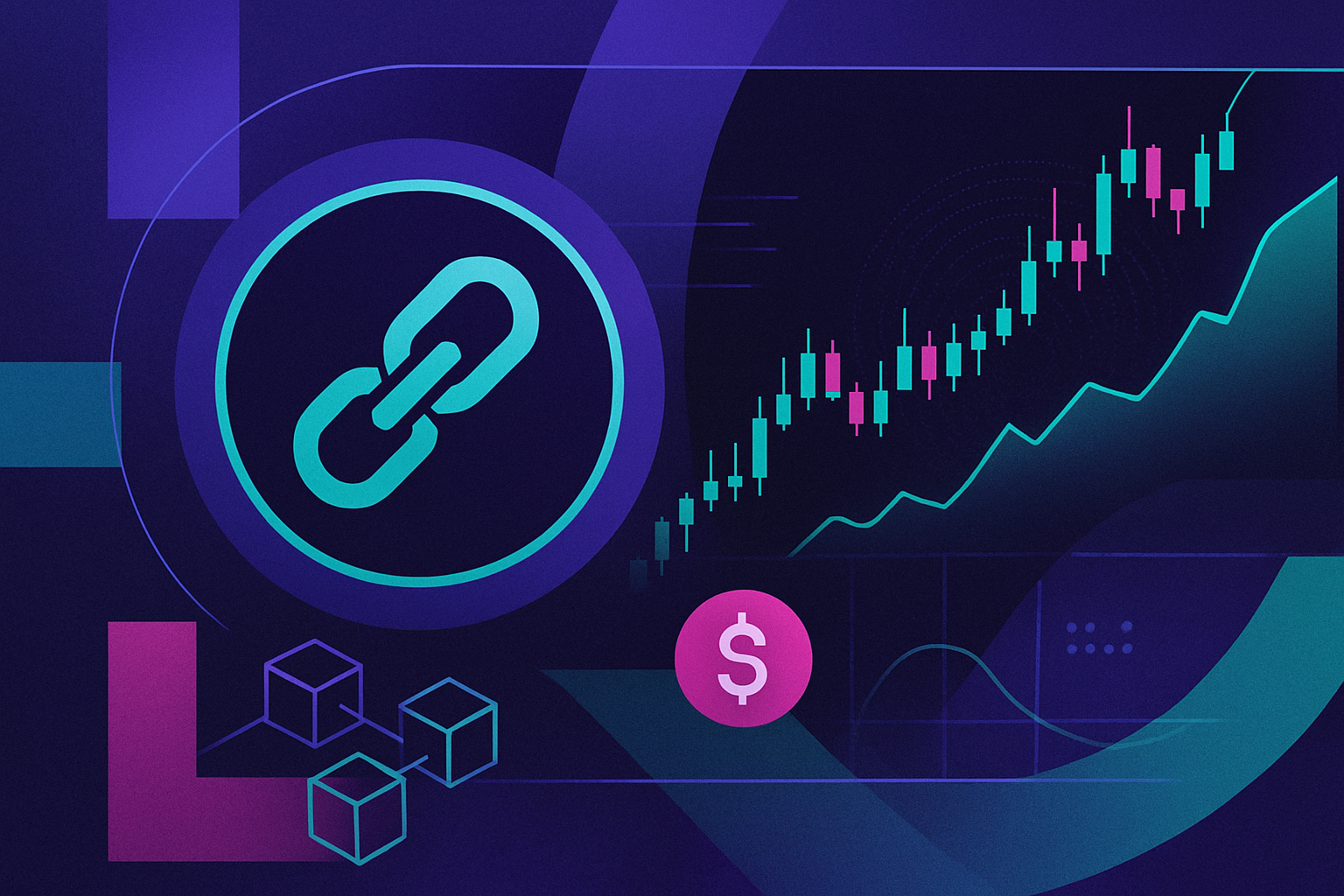
In 2025, the rapid ascent of perpetual decentralized exchanges (DEXs) has been matched only by the pace of innovation within their derivative offerings. At the center of this transformation are funding rate derivatives, which have quickly become essential tools for both risk management and speculative strategies in the crypto derivatives ecosystem. As perpetual DEXs like Hyperliquid and dYdX now account for a remarkable 26% of global futures market share, up from just 2.7% at the end of 2023, the role of funding rate derivatives in driving this growth cannot be overstated.

What Are Funding Rate Derivatives?
To appreciate why funding rate derivatives are reshaping on-chain trading strategies, it’s important to understand their mechanics. Traditional perpetual contracts rely on periodic funding payments exchanged between long and short traders to keep contract prices anchored to spot markets. These payments, known as funding rates, fluctuate in response to market sentiment and liquidity imbalances.
Funding rate derivatives allow traders to take positions on these future funding rates themselves, independent of directional bets on underlying assets like BTC or ETH. For example, if a trader anticipates that funding rates will spike due to bullish sentiment or liquidity constraints, they can go long a funding rate derivative and profit if that scenario unfolds. Conversely, those expecting lower or negative rates, such as when ETH’s funding dropped to -0.0021 ahead of a downturn, can hedge or speculate accordingly.
The Catalyst Behind Surging Perpetual DEX Volumes
The integration of funding rate derivatives has catalyzed a surge in trading activity across decentralized platforms. In just the first half of 2025, on-chain perpetual DEX volume soared to $1.5 trillion, according to blockchain. news. This explosive growth is not simply a function of broader crypto adoption but is directly tied to new capital efficiencies unlocked by these instruments.
By enabling traders to hedge against unpredictable funding costs or monetize disparities across platforms, funding rate derivatives have:
- Enhanced arbitrage opportunities: Traders can exploit differences in funding rates between exchanges, promoting price convergence and reducing systemic inefficiencies.
- Improved capital efficiency: With more precise risk management tools at their disposal, participants can deploy leverage more confidently without excessive margin requirements.
- Matured market structure: The availability of sophisticated hedging instruments attracts institutional players seeking robust risk controls and deep liquidity.
Navigating Risks: Complexity Meets Opportunity
The introduction of funding rate derivatives brings both opportunity and new layers of complexity. On one hand, these products empower traders with nuanced ways to manage exposure amid volatile markets, an especially valuable feature when over 81% of all crypto derivatives positions are now closed within 24 hours, reflecting intense speculative churn.
On the other hand, effective use demands a strong grasp of underlying market dynamics. Misjudging future shifts in crypto funding rates can quickly erode capital; similarly, regulatory scrutiny is intensifying as authorities assess potential risks related to manipulation or systemic shocks within these novel markets.
This duality underscores why education around understanding funding rates on Hyperliquid-Style Perps is more critical than ever for both retail and institutional participants aiming to harness perp DEX innovations responsibly.
As perpetual DEXs continue to evolve, the interplay between funding rate derivatives and core trading strategies is redefining what’s possible for both yield generation in DeFi and agile risk management. Traders are increasingly building on-chain trading strategies that incorporate these new derivatives, not only as hedges but as standalone sources of alpha. The result: a more intricate and dynamic market landscape where the boundaries between speculation, hedging, and yield optimization are becoming blurred.
For example, sophisticated participants now deploy basis trades that combine directional positions on perpetual contracts with offsetting exposure via funding rate derivatives. This approach allows them to isolate and monetize the volatility of funding rates themselves, an innovation that simply wasn’t accessible in previous market cycles. As a result, capital is being deployed more efficiently, with traders able to fine-tune their risk profiles while maintaining exposure to the most liquid perp markets.
The Road Ahead: Institutionalization and Market Structure Shifts
The adoption curve for funding rate derivatives is also accelerating institutional interest in perpetual DEXs. Larger funds and trading firms are drawn by the transparency and composability of on-chain instruments, qualities that stand in stark contrast to the opacity often found in centralized venues. With total perpetual DEX volume recently hitting $1.5 trillion in H1 2025, as reported by blockchain. news, it’s clear that deep liquidity and robust infrastructure are no longer exclusive to traditional exchanges.
Moreover, as capital efficiency improves through these innovations, we’re seeing a virtuous cycle: increased liquidity attracts more sophisticated strategies, which in turn further deepen order books and compress spreads. The net effect is a maturing ecosystem where both retail and professional traders can engage with complex products like funding rate derivatives without sacrificing execution speed or transparency.
Challenges Remain: Education and Risk Controls
Despite these advances, risks remain significant. The complexity of managing multiple layers of exposure, spot price risk, funding rate volatility, protocol-specific idiosyncrasies, demands disciplined analysis and robust risk controls. For newcomers especially, education around position sizing, margin requirements, and liquidation mechanics is essential to avoid costly missteps.
Platforms like Hyperliquid-Style Perps are responding by offering advanced analytics dashboards, real-time alerts on funding changes, and transparent documentation designed to bridge the knowledge gap for all levels of users. These resources are critical as regulatory frameworks continue to develop globally; compliance-ready features will likely become table stakes for protocols seeking sustainable growth in this sector.
The bottom line: funding rate derivatives have moved from niche innovation to core market infrastructure within just two years. Their impact on capital efficiency, risk management sophistication, and overall market depth signals a new era for perpetual DEXs 2025. As both technology and user expertise advance in tandem, expect further integration of these instruments into mainstream DeFi strategies, and continued disruption across the broader crypto landscape.






